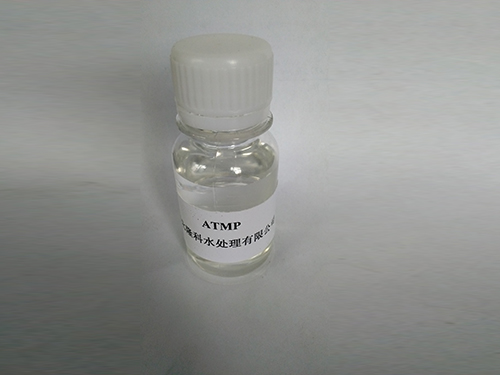Exploring the Applications and Benefits of Amphoteric Polyacrylamide in Various Industries
Understanding Amphoteric Polyacrylamide Versatile Applications and Benefits
Amphoteric polyacrylamide (APAM) is a unique polymer that has garnered significant attention in various industrial sectors due to its amphoteric nature, meaning that it can exhibit both positive and negative charges depending on the pH of the surrounding environment. This duality allows it to interact with a wide range of materials, making it highly versatile in applications ranging from wastewater treatment to enhanced oil recovery and beyond.
What is Amphoteric Polyacrylamide?
Polyacrylamide (PAM) is a water-soluble polymer composed of acrylamide monomers. When the polymer is synthesized with both anionic and cationic functional groups, it becomes amphoteric. This modification allows it to behave differently in varying pH conditions—at low pH, it predominantly exhibits cationic properties, while at high pH, it tends to act as anionic. This characteristic is largely due to the ionizable groups in its structure, enabling the polymer to adapt to diverse environments effectively.
Applications of Amphoteric Polyacrylamide
1. Water Treatment One of the primary applications of APAM is in the treatment of wastewater. Its amphoteric nature allows it to coagulate and flocculate suspended particles effectively. The ability to neutralize charges in wastewater helps in the aggregation and removal of contaminants, leading to cleaner water. Thus, APAM plays a crucial role in municipal and industrial water treatment facilities.
2. Oil Recovery In the oil and gas industry, APAM is used to enhance oil recovery through a process known as polymer flooding. When injected into oil reservoirs, it increases the viscosity of the water, promoting better displacement of oil. Its amphoteric characteristics enable APAM to interact with various surfaces and improve oil recovery rates, making it a valuable agent in enhanced oil recovery (EOR) processes.
3. Agriculture APAM is increasingly utilized in the agricultural sector as a soil conditioner. It enhances soil structure, increases water retention, and reduces soil erosion. By improving the soil's physical properties, it helps in creating a more conducive environment for plant growth, contributing to better crop yields.
4. Paper Industry In papermaking, APAM serves as a retention and drainage aid. Its ability to flocculate fine fibers and filler materials enhances the efficiency of the pulp and paper process. This results in improved paper quality while reducing waste, ultimately leading to cost savings for manufacturers.
amphoteric polyacrylamide

5. Cosmetics and Personal Care The beauty and personal care industry has also found a niche for APAM in formulations. Its thickening and stabilizing properties are beneficial in a wide range of products, from lotions to shampoos, providing texture while enhancing performance.
Benefits of Using Amphoteric Polyacrylamide
The use of APAM offers numerous advantages over traditional polymers. Some key benefits include
- Versatility Due to its ability to accommodate different pH levels, APAM can be customized for various applications, making it suitable for industries with specific requirements.
- Improved Effectiveness The hybrid nature of APAM ensures efficient particle removal and improved chemical interactions, leading to optimized performance in applications like water treatment and oil recovery.
- Environmental Considerations APAM is generally considered to be less harmful to the environment compared to many synthetic alternatives. Its biodegradability and lower toxicity make it a preferable choice in applications where ecological impact is a concern.
- Cost-Effectiveness By enhancing process efficiency and improving product quality, APAM can lead to substantial cost savings for industries that incorporate it into their operations.
Conclusion
Amphoteric polyacrylamide is a multifaceted polymer with extensive applications across various industries. Its unique dual nature not only allows it to adapt to different environments but also enhances its effectiveness in tasks such as water treatment, oil recovery, agricultural application, and more. As environmental concerns grow and the demand for efficient processing technologies increases, the role of APAM is likely to become even more prominent in the years to come. Embracing this versatile polymer can lead to innovative solutions and improved sustainability across multiple sectors.
-
Water Treatment with Flocculant Water TreatmentNewsJun.12,2025
-
Polymaleic AnhydrideNewsJun.12,2025
-
Polyaspartic AcidNewsJun.12,2025
-
Enhance Industrial Processes with IsothiazolinonesNewsJun.12,2025
-
Enhance Industrial Processes with PBTCA SolutionsNewsJun.12,2025
-
Dodecyldimethylbenzylammonium Chloride SolutionsNewsJun.12,2025





